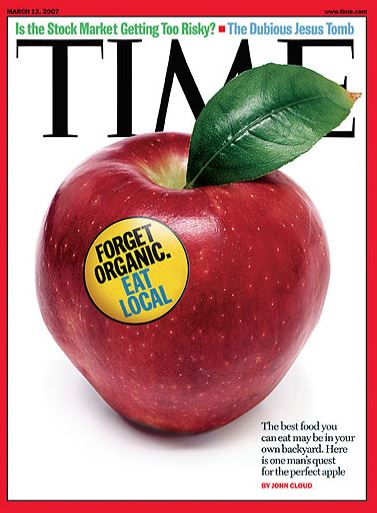“The public health literature has documented that lower income neighborhoods suffer from lower availability of healthy groceries and that lower-income households tend to eat less healthfully. In some circles, this relationship has been taken as causal, with significant policy attention devoted to improving access to healthy groceries in low-income neighborhoods.”
That's from a new paper by Hunt Allcott, Rebecca Diamond, Jean-Pierre Dubé. This is one of the most rigorous investigations I've seen of the causal impacts of the "food environment" (in this case, the presence of grocery stores and movements of people into "healthier" neighborhoods) on dietary choice.
What did they find? From the conclusions:
“Entry of a new supermarket has a tightly estimated zero effect on healthy grocery purchases, and we can conclude that differential local access to supermarkets explains [no more] than about five percent of the difference in healthy eating between high- and low-income households. The data clearly show why this is the case: Americans travel a long way for shopping, so even households who live in “food deserts” with no supermarkets get most of their groceries from supermarkets. Entry of a new supermarket nearby therefore mostly diverts purchases from other supermarkets. This analysis reframes the discussion of food deserts in two ways. First, the entire notion of a “food desert” is misleading if it is based on a market definition that understates consumers’ willingness-to-travel. Second, any benefits of “combating food deserts” derive less from healthy eating and more from reducing travel costs.”
and
“we find that moving to an area where other people eat more or less healthfully does not affect households’ own healthy eating patterns, at least over the several year time horizon that the data allow. ”
The authors end by concluding that policy efforts to alter local food supplies are likely to be ineffective. Their data strongly supports this conclusion. They recommend, instead, to use public policy to improve health education. I'm surprised they make this recommendation because their study provides no indication that more education would be a cost-effective intervention. If anything, what their study shows is that economic development (turning low-income households into high-income households) is the most effective way to improve the healthiness of dietary choice.
Hat tip to Alex Tabarrock at the Marginal Revolution blog who is highly skeptical of the food desert concept.


